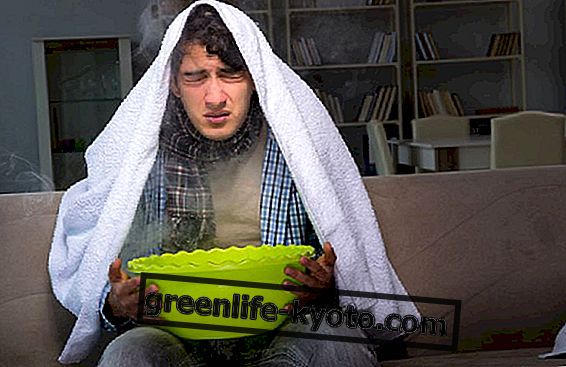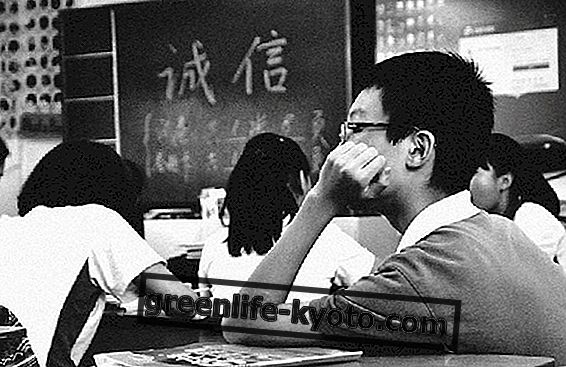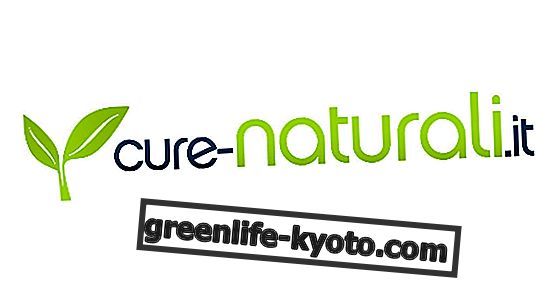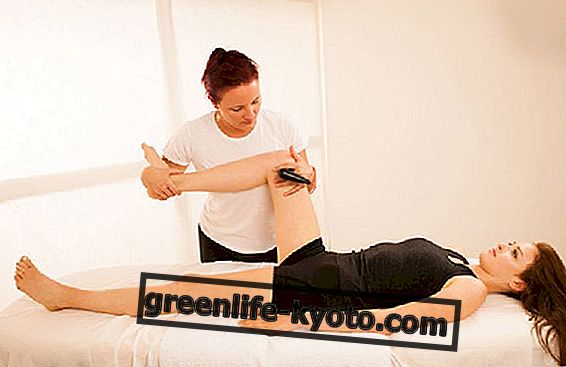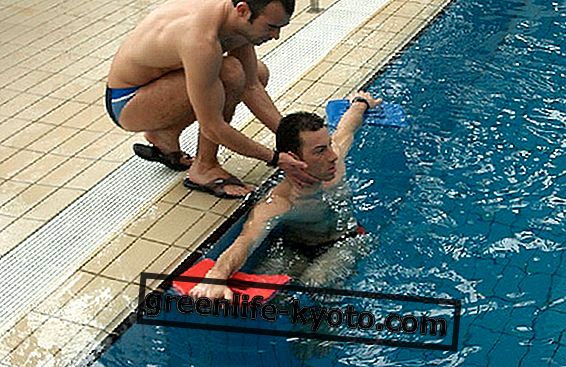
Rehabilitate the body and mind
Rehabilitation medicine is the branch of medicine that is concerned with the diagnosis, therapy and rehabilitation of disability resulting from different diseases that lead to disabilities of different kinds. These diseases usually relegate the subject to a condition of limited motor, cognitive and emotional activity, which often results in participatory restriction of social life. The causes are attributable to disorders of the osteoarticular system, of the nervous system and to dysfunctions of the cardiac and respiratory environment.
For the rehabilitation of these conditions, there are several rehabilitation techniques. Among these, some focus solely on the recovery of motor functions, while other techniques insist on sensory stimulation. Physiotherapeutic techniques include corrective and proprioceptive gymnastics, motor and functional re-education, postural relaxation and alignment, rebalancing of the muscular structure, stomatognathic rehabilitation and so on. There are other rehabilitation techniques that also take into account the emotional aspect and are inserted into natural and holistic treatments.
The physiatrist: who is he and what does he do?
Other rehabilitation techniques
Among other rehabilitation techniques, it is interesting to mention applied kinesiology, music therapy, art therapy and the Feldenkrais method .
The applied kinesiology is a method aimed at the diagnosis and treatment of a series of diseases, not only osteoarticular, by analyzing the strength and muscle tone of a subject thanks to an appropriate test (muscle test) and the reactivity of the nervous system ( kinesiological test ). This therapy does not focus on specific symptoms, but tests and corrects imbalances throughout the system, encouraging the mind and body to heal themselves.
By the name Feldenkrais, we mean instead a method of self-education through movement. Through the Feldenkrais, one becomes aware of his own movements and his own motor patterns, executing specific sequences of movements aimed at involving every part of our body, with particular attention paid to the perception and listening of ourselves. We can approach Feldenkrais in cases of trauma or neurological disorders, from which we experience limited motor or perceptive capacity.
And then there's the artistic dimension. Music therapy makes use of the benefits of sounds, singing and music for educational, rehabilitative and above all therapeutic interventions. Music is the communication channel that allows the patient to express his emotions in a non-verbal way, establishing a different relationship with the therapist.
Art therapy instead is characterized as a non-verbal support approach, through the use of artistic materials, based on the assumption that the creative process corresponds to an improvement in the person's state of well-being, improving the quality of the experience. Art therapy is used for the treatment of various mental disorders and in the treatment of disabled people.

